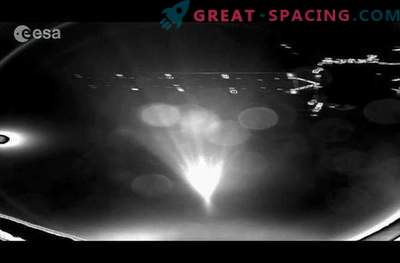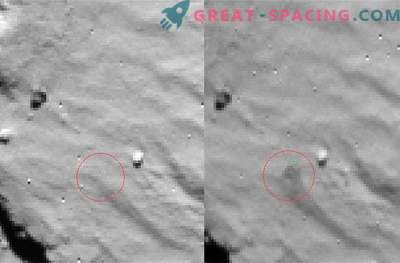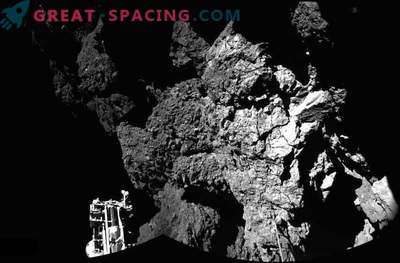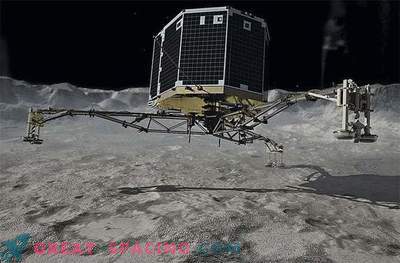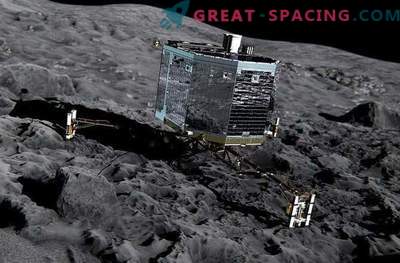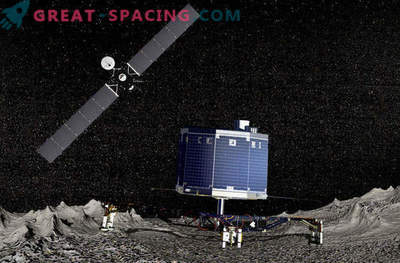
The European Space Agency’s Rosetta Mission managed to land its tiny Phil probe onto the surface of a comet. This is the first time in history when a spacecraft made a soft landing on a comet. At 11 am EST, the mission control center in Germany reported that they had received a signal from the landing module confirming the landing.
The mission head of the Rosetta Andrea Ackomazzo was the first to announce the news: "We are confirming that the landing module of Phil made a landing."
“Touchdown! My new address is 67P,” said official Phil on Twitter.
Although the landing itself occurred without complications, there is a growing concern among scientists regarding the harpoon system, which was supposed to fire to keep Phil’s module on the surface. It seems that the anchor system is not working as planned, which means that the landing module cannot adequately fix itself on the surface. Mission managers are now deciding whether to re-try to turn on the anchor system. The landing took place after the successful separation of Phil from the orbiting satellite Rosetta seven hours earlier, after which the module began its descent to an icy surface. The images posted by Rosetta clearly showed the module. So the robot was in full health when it landed on the surface of the comet Churyumov-Gerasimenko.
"You all heard that Phil landed and ... this is a big step for humanity," said ESA Director-General Jean-Jacques Dordain shortly after landing.
The chassis consists of shock absorbers and a harpoon system, which came into action as soon as the robot came into contact with the surface of the comet, which will allow Phil to fight the extremely low comet pull.
The most important value of the success of the mission is the ability of the landing module to stay on the surface during landing. As soon as there was a danger that the descent module would be reflected from the comet, the harpoons, the landing ice-drills and the engines, working together, could fix the module in place. In addition to the failure of the harpoon system, another component of the landing system also does not work - these are auxiliary engines. These engines were designed to push the descent module to the cometary surface during landing. However, the landing module's ice-drills were successfully deployed, giving hope that the descent vehicle would remain in place.
Even though we have some uncertainty regarding the relative stability of the landing module, scientific operations will begin immediately. Fila has a limited battery supply, so that all 10 tools of the landing module will work feverishly to get the most out of what they can. However, Fila is equipped with solar cells that can charge the batteries, so the mission leaders hope that the lander can remain in working condition throughout the entire Rosetta mission until March 2015.
The first shots of Phil from the surface of comet Churyumov-Gerasimenko are expected to arrive within a few hours after landing.
